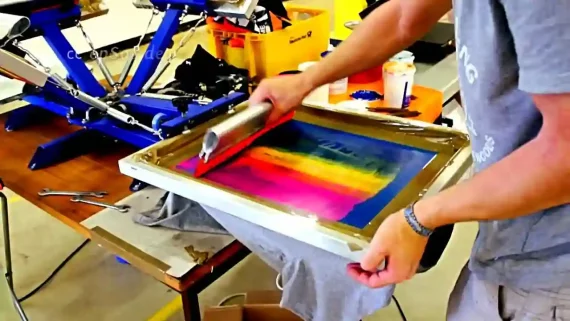Oil painting, steeped in history and tradition, has evolved over centuries, but it continues to be a vibrant and dynamic medium for artistic expression. While traditional oil painting techniques remain timeless, contemporary artists are infusing fresh and innovative ideas into the age-old practice. In this article, we’ll explore how artists are reviving classics by incorporating modern twists into traditional oil painting.
1. Exploring New Subjects:
Traditionally, oil paintings often depicted classic themes like portraits, landscapes, still lifes, and historical narratives. Today’s artists are expanding their horizons by exploring a broader range of subjects, including contemporary themes, social issues, and abstract concepts. This shift allows for more diverse and thought-provoking artworks.
2. Pushing Boundaries with Abstract Expressionism:
Abstract expressionism, characterized by bold brushwork, gestural marks, and a focus on emotional expression, has made a significant impact on modern oil painting. Artists like Jackson Pollock and Willem de Kooning paved the way, inspiring contemporary painters to embrace abstraction as a means of conveying their inner worlds.
3. Combining Mediums:
Modern oil painters often combine oil with other mediums, such as acrylics, collage, or digital elements. These hybrid artworks break down traditional boundaries and create a dynamic interplay between different artistic forms. Mixed media oil paintings can incorporate texture, layers, and multimedia elements for added depth and complexity.
4. Experimenting with Techniques:
Contemporary artists are not bound by the techniques of the past. They experiment with unconventional approaches, including dripping, splattering, palette knife work, and impasto. These techniques inject energy and spontaneity into their paintings, resulting in visually arresting and unconventional compositions.
5. Exploring New Color Palettes:
While traditional oil paintings often employed a classic color palette, contemporary artists are exploring a wider range of colors. They use vibrant, unexpected, and unconventional color combinations to evoke emotions and create visually striking contrasts. Modern oil paintings can be a feast for the eyes with their bold hues.
6. Incorporating Technology:
The integration of technology into oil painting is a hallmark of contemporary art. Artists use digital tools to plan compositions, project images onto canvases, or even incorporate LED lights into their artworks. These technological advancements add an intriguing modern twist to traditional oil painting.
7. Embracing Minimalism:
Some contemporary oil painters embrace minimalism, simplifying their compositions and focusing on essential elements. By stripping away unnecessary details, they create artworks that are both timeless and contemporary, allowing viewers to engage with the essence of the subject.
8. Environmental and Social Commentary:
In response to pressing global issues, many contemporary oil painters use their art to convey environmental, political, and social messages. They address topics like climate change, inequality, and identity, using traditional oil painting techniques to amplify their voices and provoke critical thinking.
9. Reimagining Still Life:
Traditionally, still life paintings depicted arrangements of objects like flowers, fruits, and everyday items. Modern artists reimagine still life by incorporating unexpected elements, juxtaposing traditional objects with contemporary symbols or adding a surreal twist to challenge perceptions.
10. Narrative and Storytelling:
Contemporary oil painters often tell intricate stories through their artworks, blurring the lines between traditional narrative and abstract expression. These narrative-driven paintings invite viewers to interpret and engage with the stories they depict, creating a dynamic and interactive experience.
11. Personal and Intimate Exploration:
Many contemporary artists use oil painting as a medium for personal and intimate exploration. They delve into their own emotions, experiences, and identity, resulting in deeply introspective and evocative artworks that resonate with viewers on a profound level.
12. Celebrating Diversity and Inclusivity:
In an increasingly diverse world, contemporary oil painters celebrate diversity and inclusivity by portraying a wide range of subjects, cultures, and identities. These artists challenge historical norms and foster a sense of belonging and representation in their artworks.
Conclusion:
Modern twists on traditional oil painting breathe new life into this time-honored medium. Contemporary artists infuse fresh ideas, experiment with techniques, embrace new subjects, and engage with pressing issues. By doing so, they not only pay homage to the classics but also push the boundaries of what oil painting can achieve in the 21st century.
As artists continue to revitalize the art form, they bridge the gap between tradition and innovation, creating a rich and dynamic landscape of oil painting that captivates, challenges, and inspires viewers around the world.
So, whether you’re a seasoned oil painter or an art enthusiast, explore the world of contemporary oil art and experience the fusion of tradition and modernity in each stroke and canvas.




